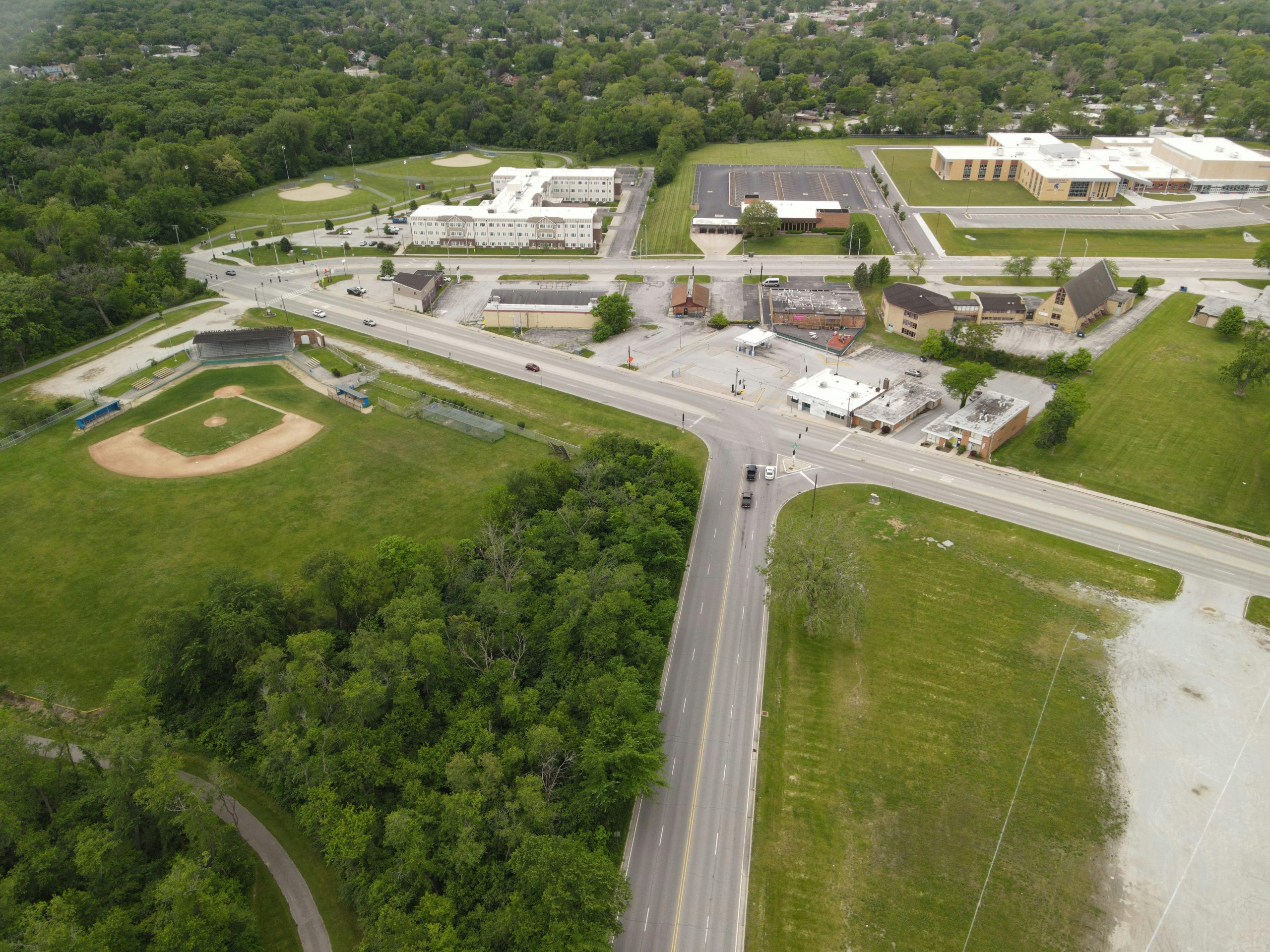How Cars Shaped Suburban Growth After World War II
The end of World War II marked a period of immense growth and change in the United States. As soldiers returned home and the economy boomed, Americans found themselves facing new challenges and opportunities. One of the most significant changes during this time was the rise of the suburban lifestyle. This shift was largely driven by the rapid expansion of car ownership and the subsequent changes it brought to American cities and towns. In this article, we will explore how cars shaped suburban growth after World War II and the lasting impact it has had on American society.
The Rise of Car Ownership
Prior to World War II, cars were a luxury item that only the wealthy could afford. However, as the war came to an end and the economy began to recover, car ownership became increasingly more attainable for the average American. The production of cars increased significantly, with new models sporting modern designs and advanced technology. This, coupled with government policies promoting suburban living, made it more appealing for families to move out of the city and into the suburbs.
The Impact on Cities
The Decline of Public Transportation
The rise of car ownership had a significant impact on public transportation. As more people chose to commute by car, public transportation services began to decline. This led to a decrease in funding for public transportation, resulting in a vicious cycle of decreased services and ridership. As a result, many cities saw a shift from traditional forms of transportation, such as buses and trains, to personal cars. This further solidified the suburban lifestyle, as it became more difficult for city dwellers to rely on public transportation to access jobs and amenities.
The Creation of Suburban Sprawl
The increased use of cars also led to significant changes in the physical landscape of American cities. With the ease of personal transportation, Americans no longer needed to live in close proximity to their workplaces. This, combined with a desire for more space and a better quality of life, led to the development of vast suburban neighborhoods on the outskirts of cities. This phenomenon, known as suburban sprawl, resulted in urban areas becoming less dense and more spread out.
The Suburbanization of Businesses
As more people moved to the suburbs, businesses began to follow suit. This trend was driven by the fact that suburban residents had higher incomes and more disposable income compared to their urban counterparts. As a result, businesses saw the potential for higher profits by targeting suburban consumers. This led to a decentralization of business districts, as companies began to set up offices and retail spaces in the suburbs. This further solidified the suburban lifestyle, as residents no longer needed to commute to the city for work or to go shopping.
The Lasting Impact on American Society
The Suburban Ideal
The rise of cars in the post-war era also gave birth to the concept of the “American Dream”. The idea of owning a home in the suburbs, with a white picket fence and a car in the driveway, became the epitome of the American dream. This ideal was heavily promoted by the government and businesses, and it became deeply ingrained in American culture. The suburban lifestyle was seen as the ultimate symbol of success and prosperity.
The Rise of Consumerism
The increase in car ownership also had a significant impact on the economy. As more people were able to afford cars, it led to a rise in consumerism and the growth of the auto industry. Car manufacturers began to market their products as status symbols, encouraging people to constantly upgrade to newer and more luxurious models. This consumer-driven culture continues to thrive today, as owning a car is still seen as a necessity for many people.
The Consequences of Car-Centric Living
The shift towards a car-centric lifestyle has also had its drawbacks. The reliance on personal transportation has led to increased air pollution, traffic congestion, and dependence on fossil fuels. It has also contributed to the decline of public spaces and a decrease in community engagement. Additionally, the suburban lifestyle has had a negative impact on low-income and minority communities, as they were often left behind in the rush to the suburbs.
Conclusion
The rise of car ownership after World War II had a profound impact on American society, particularly in regards to suburban growth. The availability of cars led to a shift towards suburban living, changing the physical landscape of cities and shaping the modern American lifestyle. However, this change has not come without consequences. As we continue to grapple with issues such as environmental sustainability and income inequality, it is important to reflect on how the dominance of cars has shaped our society and consider how we can create a more sustainable future.










